Top 10 Expert Car Maintenance Tips from Bumble Auto: Keep Your Ride in Prime Condition!
Table of Contents
- Importance of Regular Car Maintenance
- Tip 1: Check and Change Your Oil Regularly
- Tip 2: Monitor Tire Pressure and Tread Depth
- Tip 3: Inspect and Replace Worn Brake Pads
- Tip 4: Keep Your Battery in Top Shape
- Tip 5: Regularly Check Fluid Levels
- Tip 6: Replace Air Filters as Needed
- Tip 7: Schedule Routine Inspections and Tune-Ups
- Tip 8: Keep Your Lights and Wipers in Good Condition
- Tip 9: Pay Attention to Belts and Hoses
- Tip 10: Protect Your Car’s Exterior and Interior
- Conclusion: Maintaining Your Car for Longevity and Performance
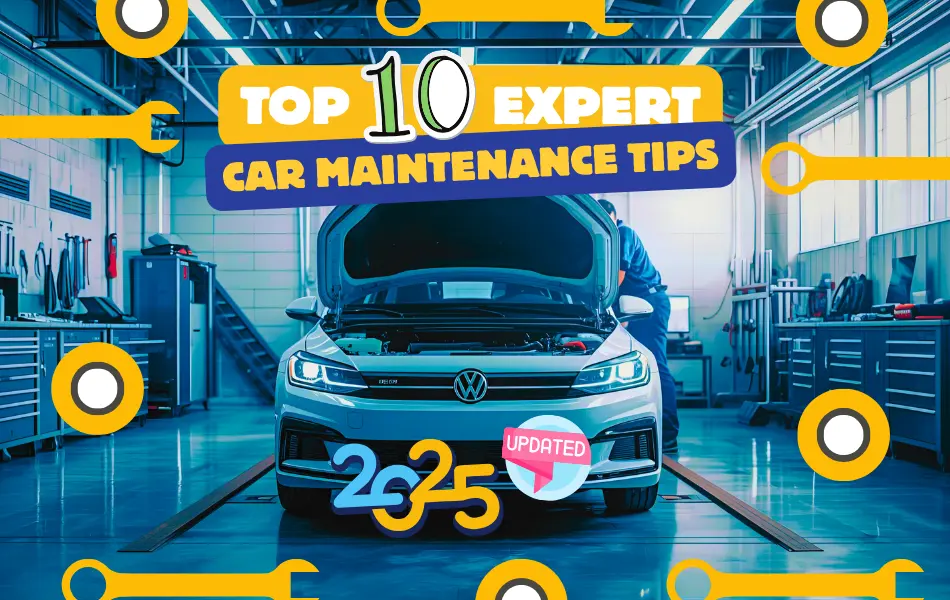
Your car is more than just a mode of transportation; it’s a trusted companion that carries you through life’s journeys. To ensure your ride remains in top-notch condition, expert car maintenance is essential. At Bumble Auto and through our Bumble Auto Service Center in Ellicott City and DC, we believe in empowering drivers with the knowledge they need to keep their vehicles performing at their best. In this article, we've compiled the top 10 expert car maintenance tips that can prolong your vehicle's lifespan and enhance its performance. From simple checks you can do at home to advice on when to seek professional help, these tips will not only save you money but also give you peace of mind on the road. Whether you’re a seasoned driver or a new car owner, these insights will help you keep your ride running smoothly, ensuring that every mile is a pleasure. Let’s dive into the essential practices that will keep your vehicle in prime condition!
Importance of Regular Car Maintenance
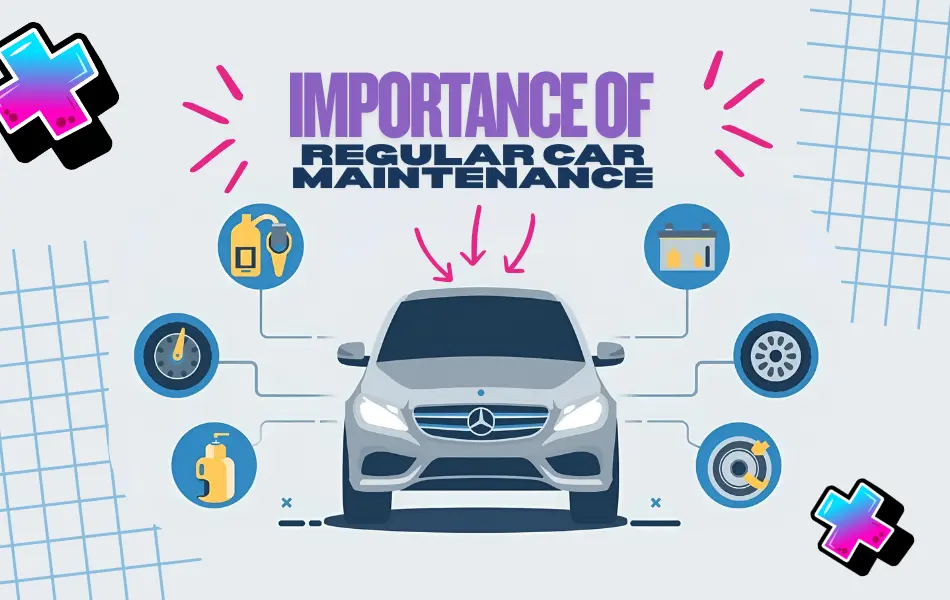
Regular car maintenance is crucial for ensuring your vehicle's longevity and optimal performance. For budgeting ahead, use our monthly car maintenance budget guide. By keeping your car in good shape, you not only enhance its safety but also improve fuel efficiency, saving money in the long run. Routine maintenance helps identify potential issues before they escalate into costly repairs, giving you peace of mind and a reliable ride. The key to effective car maintenance is consistency and attention to detail, which allows you to catch minor problems early and keep your car running smoothly.
Neglecting regular maintenance can lead to a host of problems, from decreased performance to complete breakdowns. For instance, failing to change your oil regularly can cause engine wear and tear, while ignoring tire pressure can result in poor fuel economy and increased risk of blowouts. Moreover, regular inspections can help you stay on top of wear and tear, ensuring that your car remains safe and efficient. By adhering to a maintenance schedule, you can avoid unexpected issues and enjoy a better driving experience.
At Bumble Auto, we understand the importance of maintaining your vehicle's health. Our team of experts is dedicated to providing top-notch advice and services to keep your car in prime condition. In the following sections, we'll share our top 10 expert car maintenance tips that every driver should know. These tips will help you take proactive steps to care for your vehicle, ensuring that it remains a trusted companion on all your journeys.
Tip 1: Check and Change Your Oil Regularly
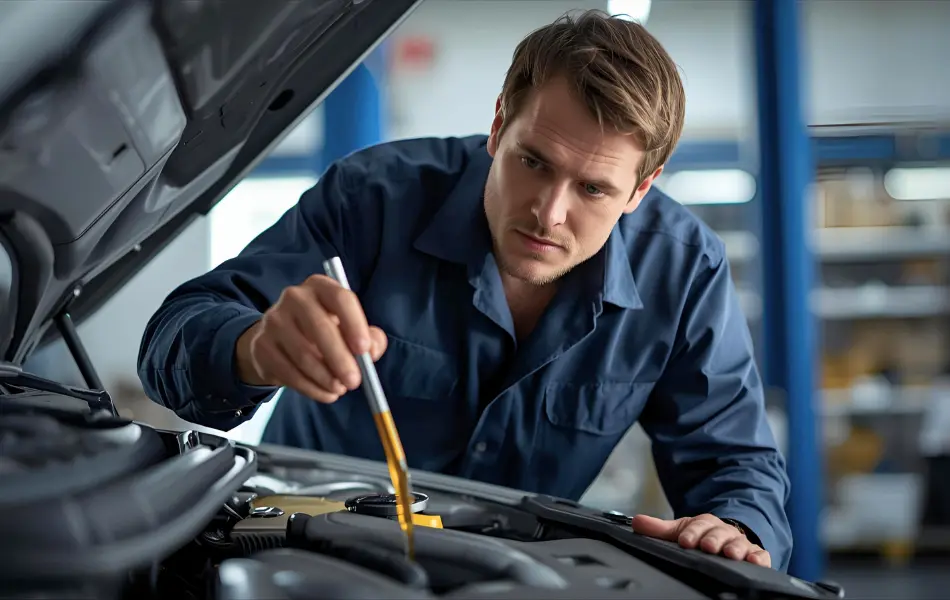
Oil is the lifeblood of your car's engine, lubricating moving parts and reducing friction. Regular oil changes are essential to keep your engine running smoothly and efficiently. Learn the steps in our complete car oil change guide. Over time, oil can become contaminated with dirt and debris, losing its effectiveness and potentially causing engine damage. To prevent this, it's crucial to check your oil level regularly and change it according to your vehicle manufacturer's recommendations. Typically, this means changing the oil every 3,000 to 5,000 miles, depending on your driving habits and the type of oil you use.
To check your oil, start by parking your car on a level surface and turning off the engine. Once the engine has cooled, locate the dipstick, usually marked with a bright handle. Pull the dipstick out, wipe it clean with a cloth, and reinsert it fully. Remove the dipstick again and check the oil level, which should be between the "min" and "max" marks. If the oil level is low, add the appropriate type of oil until it reaches the desired level. It's also a good idea to inspect the oil's color and consistency; if it appears dirty or gritty, it's time for a change.
Changing your oil is a straightforward process that you can do yourself or have done professionally. If you choose to do it yourself, ensure you have the necessary tools, including a wrench, oil filter, and drain pan. Start by draining the old oil, replacing the oil filter, and refilling the engine with fresh oil. Always dispose of used oil responsibly, as it can be harmful to the environment. Regular oil changes will keep your engine in top condition, prolonging its lifespan and ensuring optimal performance.
Tip 2: Monitor Tire Pressure and Tread Depth
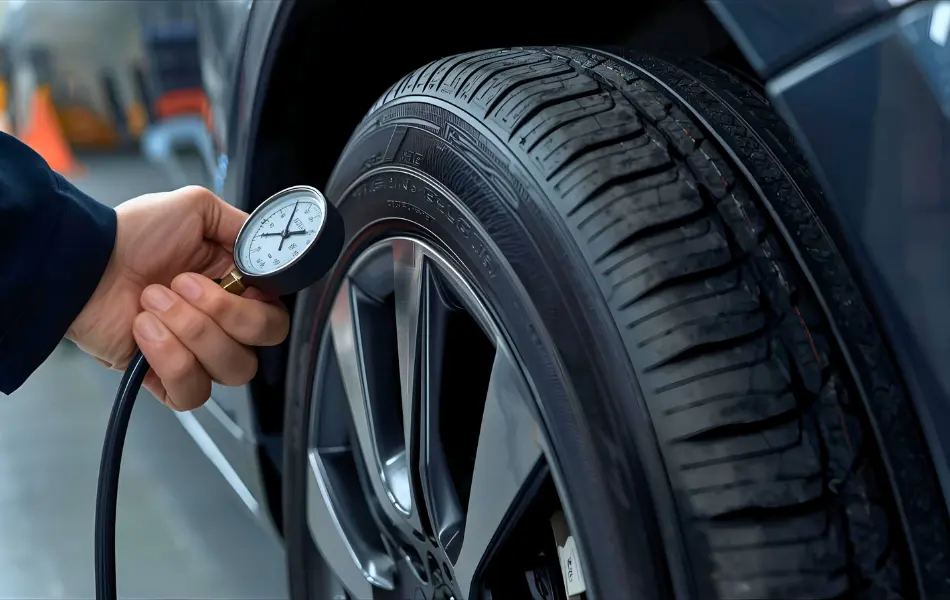
Proper tire maintenance is essential for vehicle safety and performance. One of the most important aspects of tire care is monitoring tire pressure. Underinflated tires can lead to poor fuel economy, increased tire wear, and a higher risk of blowouts. Overinflated tires, on the other hand, can reduce traction and make your ride less comfortable. To ensure your tires are properly inflated, check the pressure at least once a month using a reliable tire pressure gauge. Refer to your vehicle's owner manual for the recommended tire pressure, and adjust as needed. For a safety walkthrough, see our car safety inspection checklist.
In addition to tire pressure, it's crucial to monitor tread depth. Tread provides the necessary grip for your tires to maintain traction on the road, especially in wet or slippery conditions. Worn-out tread can significantly reduce your vehicle's handling and increase the risk of accidents. To check tread depth, use the penny test: insert a penny into the tread groove with Lincoln's head facing down. If you can see the top of Lincoln's head, it's time to replace your tires. Aim to check tread depth regularly and replace tires when they reach 2/32 of an inch or less.
Rotating your tires is another essential aspect of tire maintenance. Tire rotation involves moving tires from one position to another, ensuring even wear across all tires. This practice can extend the life of your tires and improve your vehicle's performance. Most experts recommend rotating your tires every 5,000 to 7,500 miles, or as specified in your vehicle's owner manual. Regularly monitoring tire pressure, tread depth, and rotating your tires will keep your vehicle safe and performing at its best.
Tip 3: Inspect and Replace Worn Brake Pads
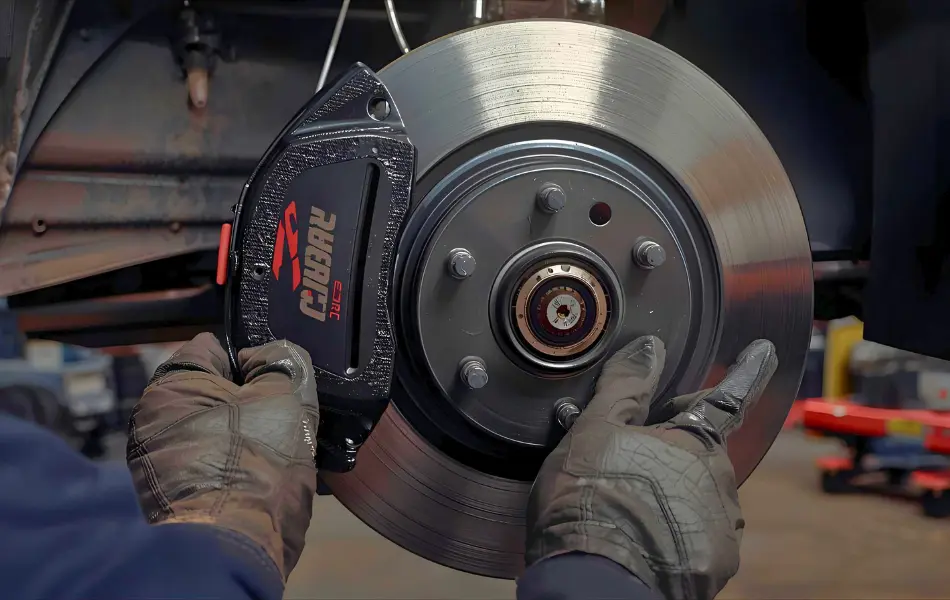
Brakes are one of the most critical safety components of your vehicle. Regularly inspecting and replacing worn brake pads is essential to ensure your car stops effectively and safely. Worn brake pads can lead to reduced braking performance, increased stopping distances, and potential damage to other brake components. To avoid these issues, it's important to check your brake pads regularly and replace them when necessary. Stock your toolbox with the most useful tools for any car before DIY brake jobs.
To inspect your brake pads, start by listening for any unusual noises while braking, such as squealing or grinding. These sounds may indicate that your brake pads are worn and need replacement. Additionally, visually inspect the brake pads by looking through the spaces in your wheel rims. If the pads appear thin, generally less than 1/4 inch, it's time to replace them.
Replacing brake pads is a task that can be done by a professional mechanic or as a DIY project if you have the necessary tools and experience. The process involves removing the wheel, caliper, and old brake pads, then installing new pads and reassembling the components. Always use high-quality brake pads that meet or exceed your vehicle's specifications. Regularly inspecting and replacing worn brake pads will ensure your vehicle's braking system remains reliable and safe, providing peace of mind on the road.
Tip 4: Keep Your Battery in Top Shape
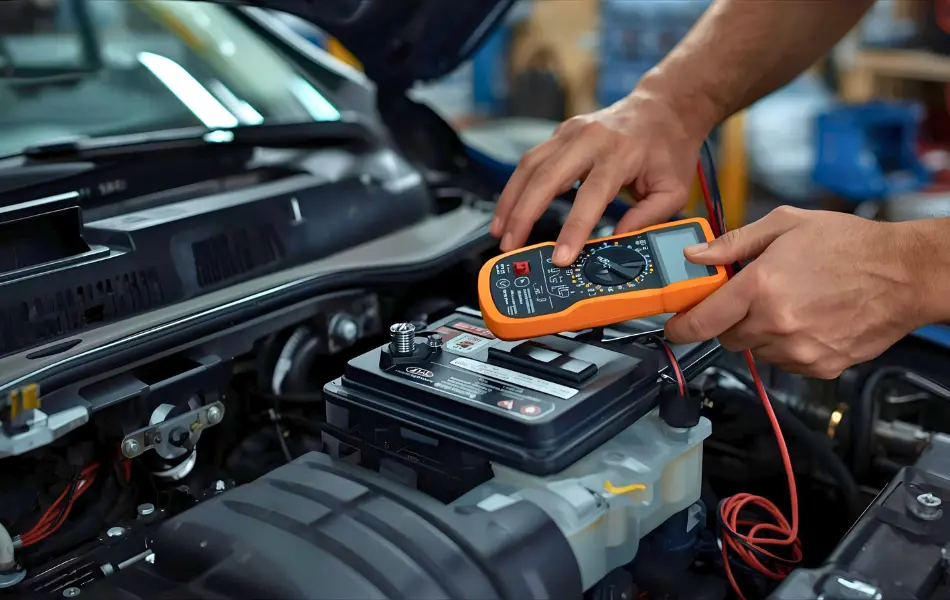
A healthy battery is essential for your car's electrical system and overall performance. Regularly checking and maintaining your battery can prevent unexpected breakdowns and extend its lifespan. One of the first signs of a weak battery is slow engine cranking or dimming lights. To avoid getting stranded, it's essential to monitor your battery's health and address any issues promptly.
Start by inspecting the battery terminals and cables for any signs of corrosion or loose connections. Corrosion can hinder the flow of electricity, leading to poor performance. If you notice any buildup, clean the terminals using a mixture of baking soda and water with a wire brush. Ensure the connections are tight and secure to maintain a strong electrical connection. Additionally, check the battery case for any signs of damage or leakage, as these can indicate a failing battery.
Testing your battery's voltage is another crucial step in maintaining its health. Use a multimeter to measure the voltage, which should be around 12.6 volts when the engine is off and between 13.7 to 14.7 volts when the engine is running. If the voltage is consistently low, it may be time to replace the battery. Most car batteries last between three to five years, so keep track of its age and consider a replacement if it's nearing the end of its lifespan. Regularly maintaining your battery will ensure your vehicle's electrical system remains reliable and efficient.
Tip 5: Regularly Check Fluid Levels
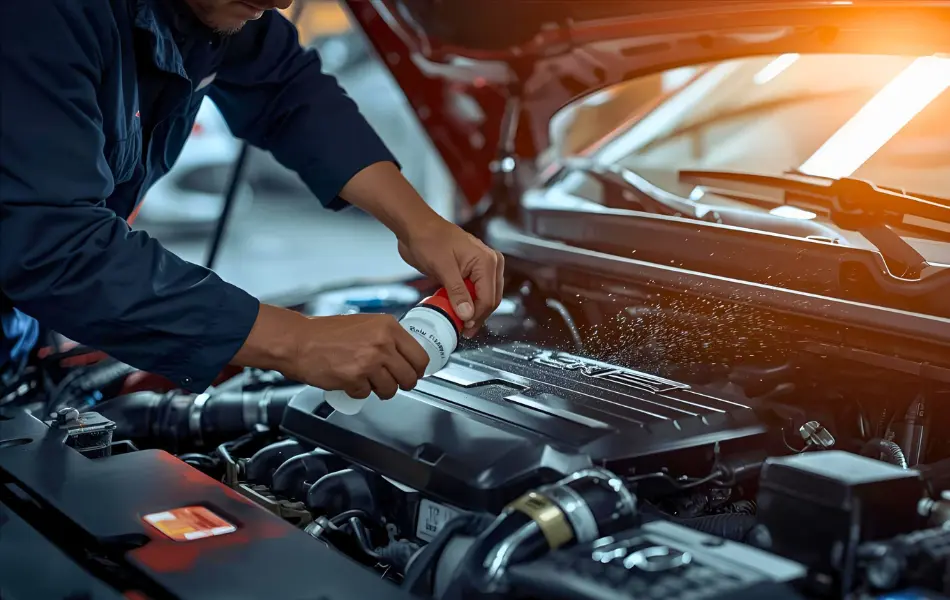
Maintaining proper fluid levels is vital for the smooth operation of various components in your vehicle. Regularly checking and topping off fluids such as coolant, transmission fluid, brake fluid, and power steering fluid can prevent potential issues and prolong your car's lifespan. Each of these fluids plays a crucial role in your vehicle's performance, so it's essential to keep them at the recommended levels.
Start by checking the coolant level, which helps regulate your engine's temperature and prevent overheating. Locate the coolant reservoir, usually marked with a bright cap, and ensure the fluid level is between the "min" and "max" marks. If the level is low, add the appropriate type of coolant as specified in your owner's manual. It's also a good idea to inspect the coolant's color and consistency; if it appears dirty or rusty, consider a coolant flush.
Next, check the transmission fluid, which lubricates and cools the transmission components. To check the fluid level, locate the transmission dipstick, usually near the back of the engine bay. Pull the dipstick out, wipe it clean, reinsert it fully, and remove it again to check the level. The fluid should be between the "min" and "max" marks and should appear clean and reddish in color. If the fluid is low or dirty, top it off or have it replaced by a professional.
Brake fluid and power steering fluid are also essential for your vehicle's performance. Check the brake fluid reservoir, usually located near the driver's side firewall, and ensure the fluid level is within the recommended range. If it's low, add the appropriate type of brake fluid. Similarly, check the power steering fluid reservoir, usually located near the front of the engine bay, and top off if necessary. Regularly checking and maintaining fluid levels will keep your vehicle running smoothly and prevent potential issues.
Tip 6: Replace Air Filters as Needed
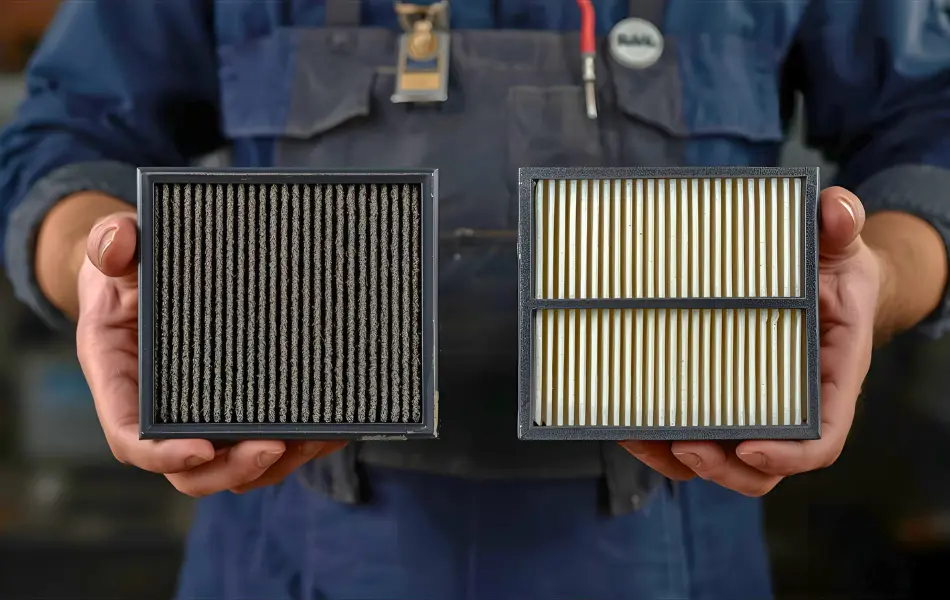
Air filters play a crucial role in maintaining your vehicle's performance and fuel efficiency. The engine air filter prevents dirt, debris, and contaminants from entering the engine, while the cabin air filter ensures clean air inside the vehicle for passengers. Over time, these filters can become clogged, reducing airflow and negatively impacting your car's performance. Regularly inspecting and replacing air filters as needed is essential for optimal vehicle operation.
To check the engine air filter, locate the air filter housing, usually near the front or side of the engine bay. Open the housing and remove the filter, inspecting it for any signs of dirt or damage. If the filter appears dirty or clogged, it's time to replace it with a new one. Most vehicle manufacturers recommend replacing the engine air filter every 12,000 to 15,000 miles, but this can vary based on driving conditions and habits.
The cabin air filter is typically located behind the glove compartment or under the dashboard. Access the filter by removing the cover and sliding it out. Inspect the filter for dirt, dust, and debris, and replace it if it's dirty or clogged. A clean cabin air filter ensures that the air inside your vehicle remains fresh and free of allergens, providing a comfortable driving experience. Regularly replacing air filters will keep your engine running efficiently and improve air quality inside your vehicle.
Tip 7: Schedule Routine Inspections and Tune-Ups
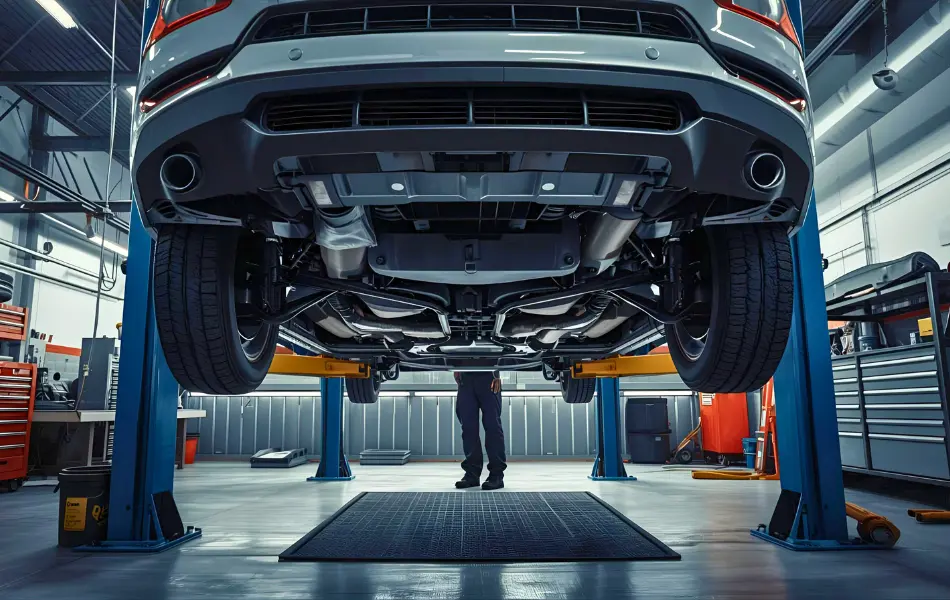
Regular inspections and tune-ups are essential for maintaining your vehicle's overall health and performance. Scheduling routine check-ups with a professional mechanic can help identify potential issues before they become major problems, ensuring your car remains in top condition. These inspections typically include checking vital components such as the engine, transmission, brakes, suspension, and exhaust system, as well as performing necessary adjustments and replacements.
During a routine inspection, a mechanic will thoroughly examine your vehicle for any signs of wear or damage. They will check the condition of belts and hoses, look for fluid leaks, and inspect the suspension and steering components. Additionally, they will test the battery, alternator, and starter to ensure the electrical system is functioning correctly. By addressing any issues early on, you can prevent costly repairs and extend the life of your vehicle.
Tune-ups are an essential part of routine maintenance, typically including replacing spark plugs, ignition wires, and other components that may wear out over time. Maximize reliability by finding the perfect mechanic for your car. A tune-up can improve your car's performance, fuel efficiency, and emissions, ensuring it runs smoothly and efficiently. Most experts recommend scheduling a tune-up every 30,000 to 50,000 miles, depending on your vehicle's make and model. Regular inspections and tune-ups will keep your vehicle in peak condition, providing a reliable and enjoyable driving experience.
Tip 8: Keep Your Lights and Wipers in Good Condition
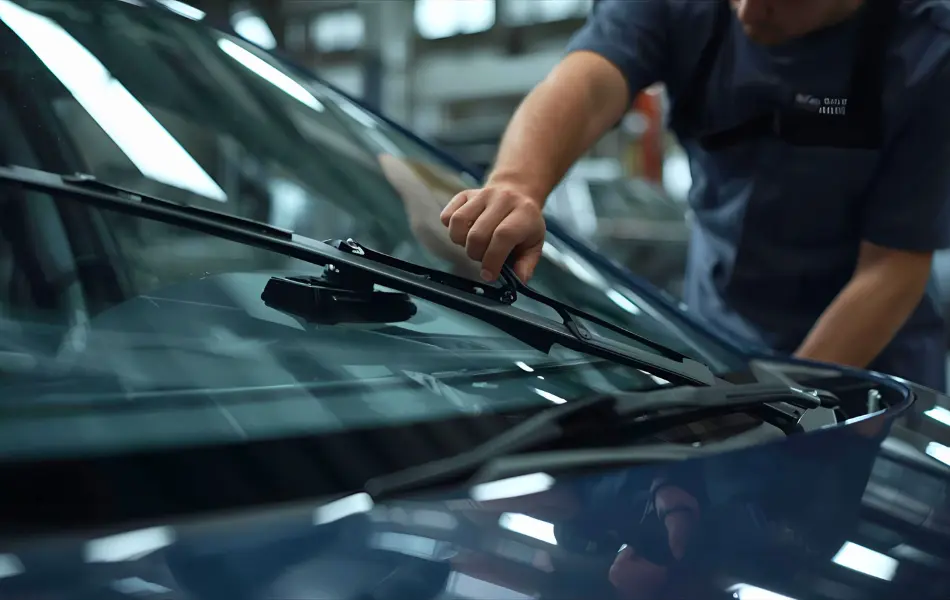
Visibility is one of the most important factors in safe driving, and maintaining your lights and wipers plays a key role. Headlights, taillights, and turn signals should be inspected regularly to ensure they are working properly. Dim or burnt-out bulbs can reduce your visibility to other drivers and increase your risk of accidents. Cleaning your light covers can also help maximize brightness, especially if they’ve become cloudy or yellowed over time.
Windshield wipers are equally vital for safe driving in rain, snow, or other adverse conditions. Over time, wiper blades can crack or wear out, leaving streaks that reduce visibility. Inspect your wipers every few months and replace them at least once a year, or sooner if they’re not clearing water effectively. Topping off your windshield washer fluid is another simple but essential habit. By maintaining your lights and wipers, you’ll keep your view of the road clear and ensure that other drivers can see you too.
Tip 9: Pay Attention to Belts and Hoses
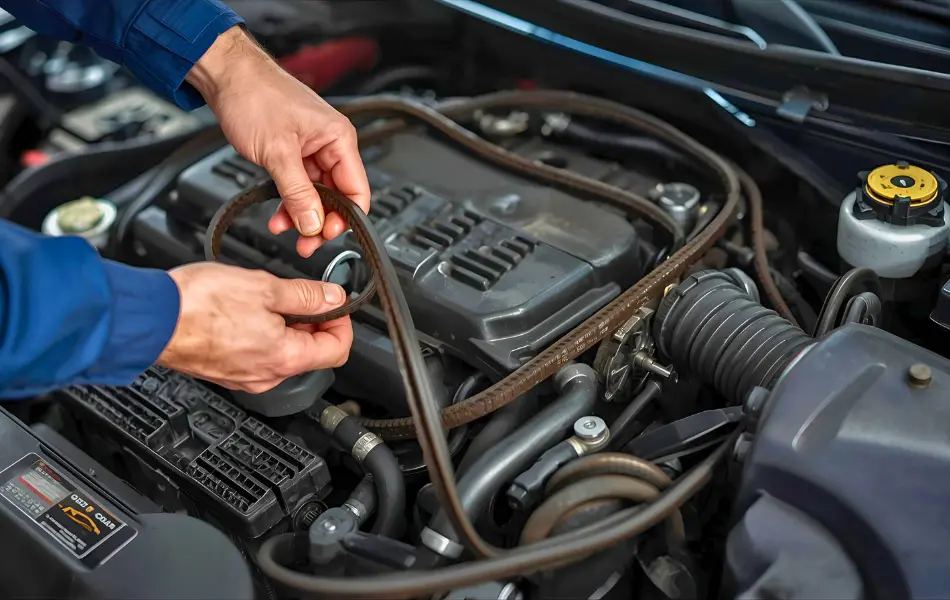
Belts and hoses are often overlooked in regular maintenance, but they’re essential to your car’s operation. Drive belts power critical components such as the alternator, water pump, and air conditioning, while hoses transport coolant and other fluids throughout the engine. Over time, belts can crack or fray, and hoses can become brittle or develop leaks. If left unchecked, a broken belt or burst hose can cause major engine damage and lead to costly repairs.
Inspect belts for cracks, fraying, or glazing, and make sure they have proper tension. Hoses should be checked for bulges, leaks, or soft spots. Most belts and hoses last several years, but it’s best to follow your vehicle manufacturer’s maintenance schedule for replacements. Replacing them before they fail ensures that your vehicle continues running smoothly and prevents unexpected breakdowns. A little preventative attention to belts and hoses can save you a lot of time, money, and frustration.
Tip 10: Protect Your Car’s Exterior and Interior

Caring for your vehicle isn’t just about what’s under the hood — the exterior and interior also need attention. Regular washing and waxing help protect your car’s paint from dirt, salt, and UV damage, which can cause fading or rust over time. Waxing also creates a protective barrier, keeping your car looking new while preserving resale value. If you live in an area with harsh winters or coastal salt air, frequent washes are especially important.
The interior should not be neglected either. Vacuuming, cleaning, and conditioning the upholstery prevent wear and tear, while protecting dashboards and surfaces from cracking due to sun exposure. Simple habits like using sunshades, seat covers, and floor mats can go a long way toward preserving your car’s condition. Maintaining both the interior and exterior not only improves your driving experience but also ensures your vehicle holds its value for years to come.
Conclusion: Maintaining Your Car for Longevity and Performance
Keeping your car in prime condition requires dedication and attention to detail. By following the expert car maintenance tips from Bumble Auto, you can ensure your vehicle remains reliable, safe, and efficient. Regular maintenance not only prolongs your car's lifespan but also enhances its performance, providing a better driving experience. From checking and changing your oil to monitoring tire pressure and replacing worn brake pads, each of these tips plays a crucial role in maintaining your vehicle's health.
Incorporating these maintenance practices into your routine will help you catch potential issues early, preventing costly repairs and unexpected breakdowns. Keep the momentum with our 8 essential tips to maintain your vehicle. Regularly inspecting and maintaining vital components such as the battery, fluid levels, and air filters will keep your car running smoothly and efficiently. Additionally, scheduling routine inspections and tune-ups with a professional mechanic will ensure that your vehicle remains in top condition, providing peace of mind on the road.
At Bumble Auto, we believe in empowering drivers with the knowledge and tools they need to take care of their vehicles. By following these expert tips, you can enjoy a reliable and enjoyable driving experience, knowing that your car is well-maintained and ready for any journey. Keep your ride in prime condition and make every mile a pleasure with these essential car maintenance practices.








